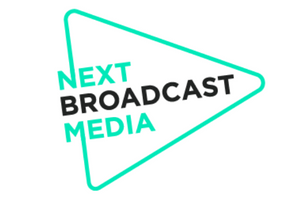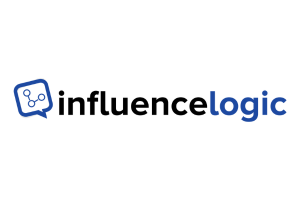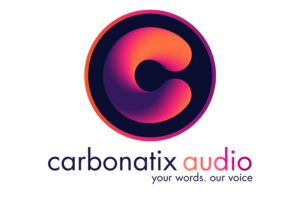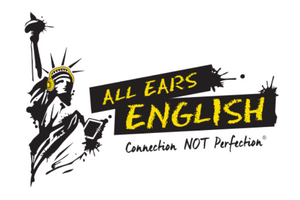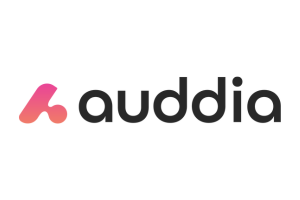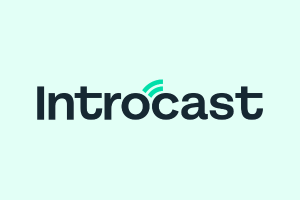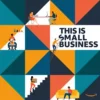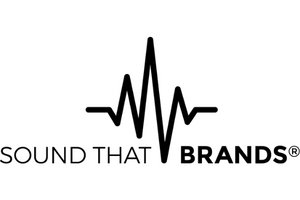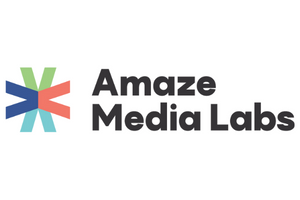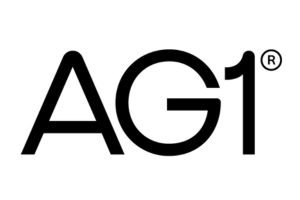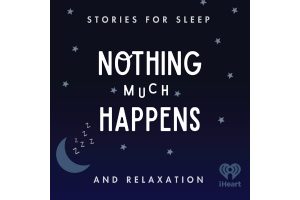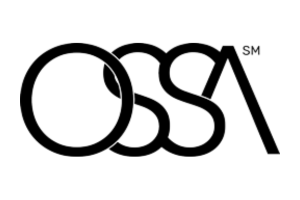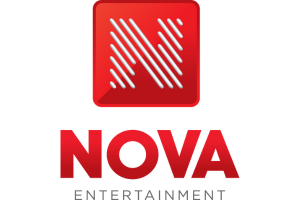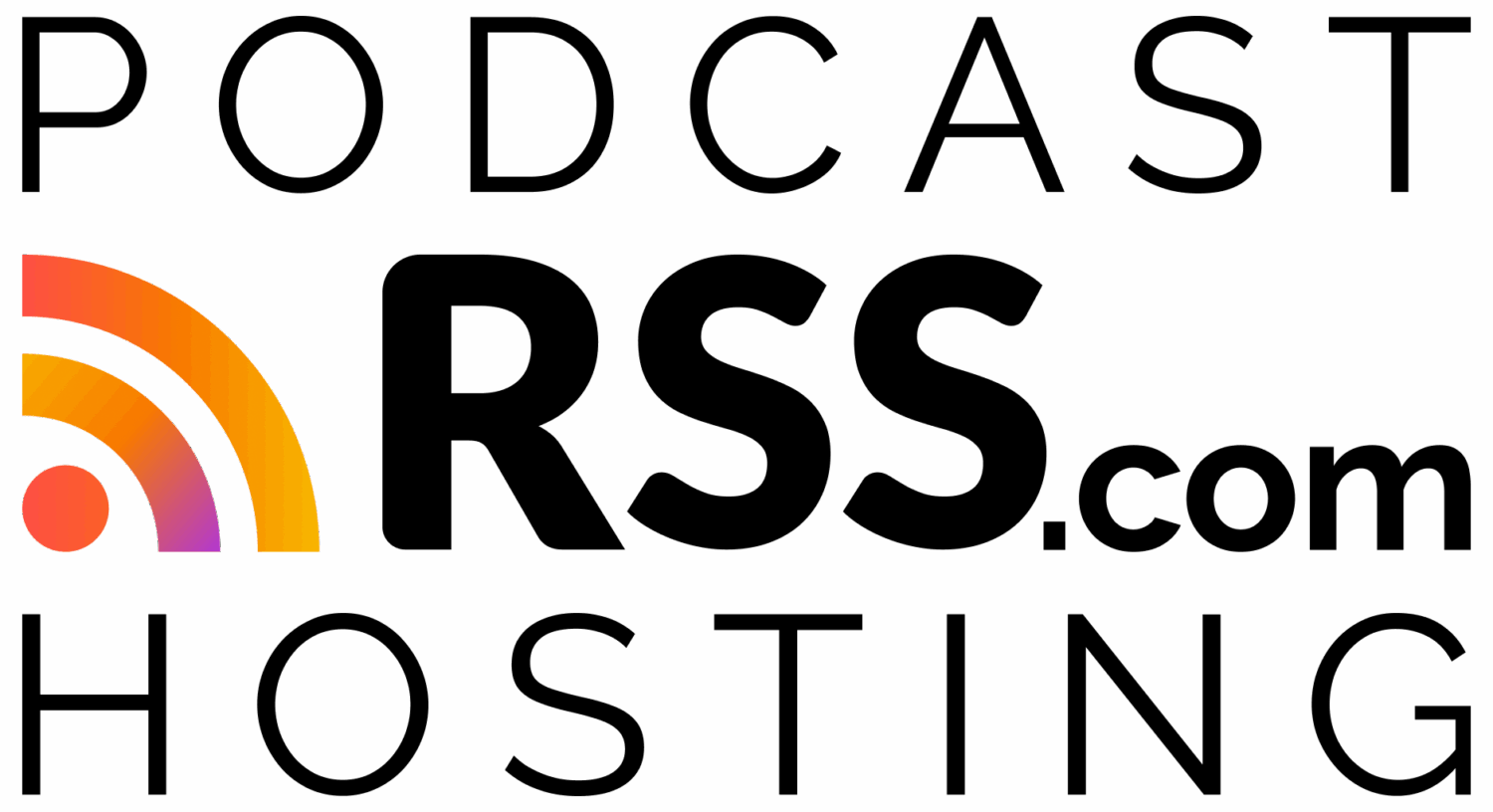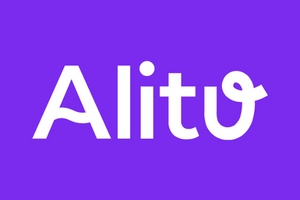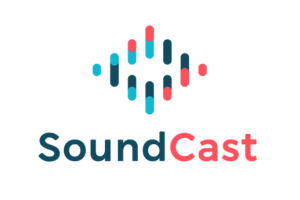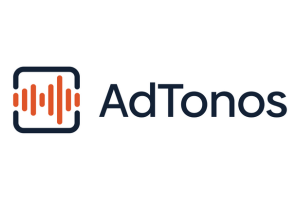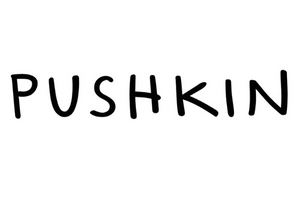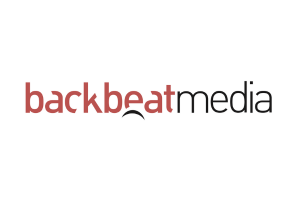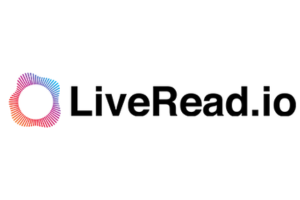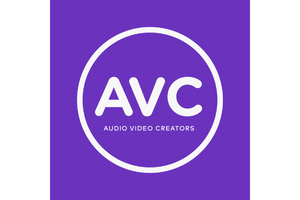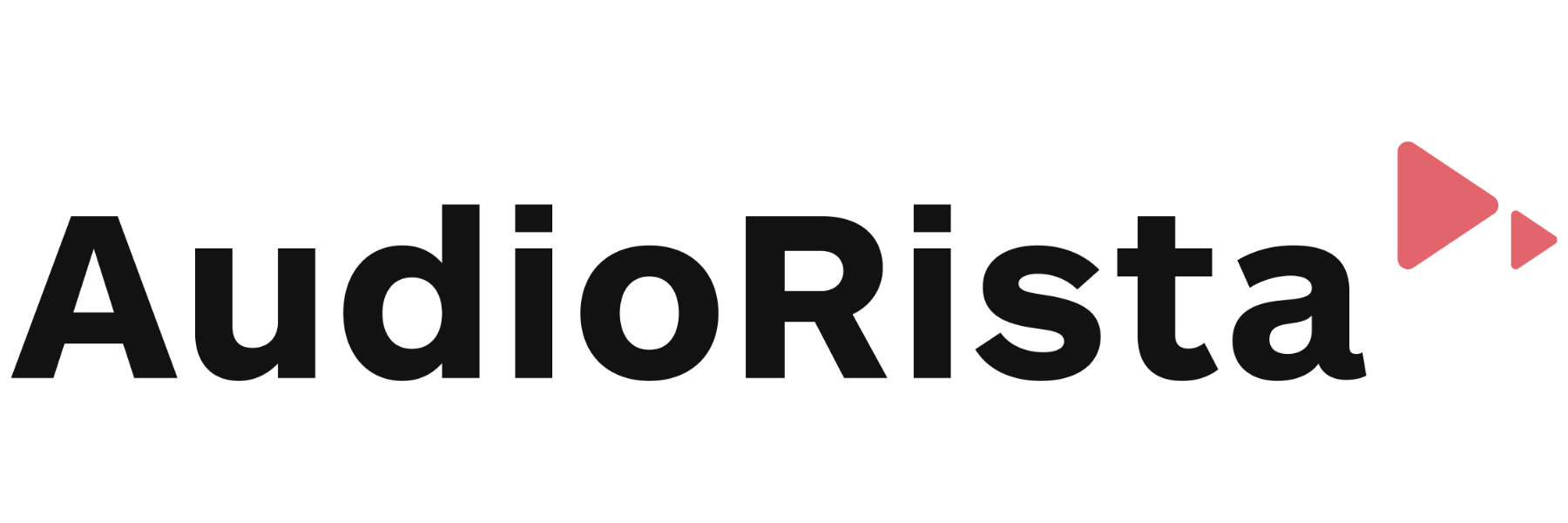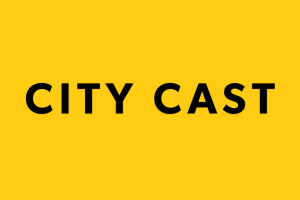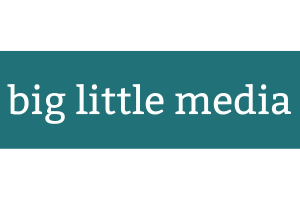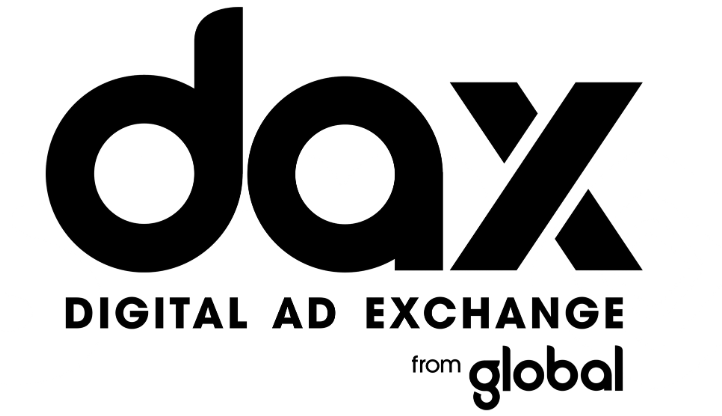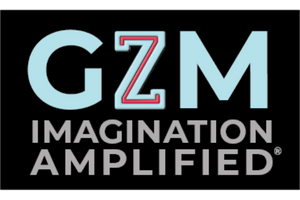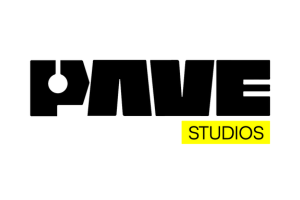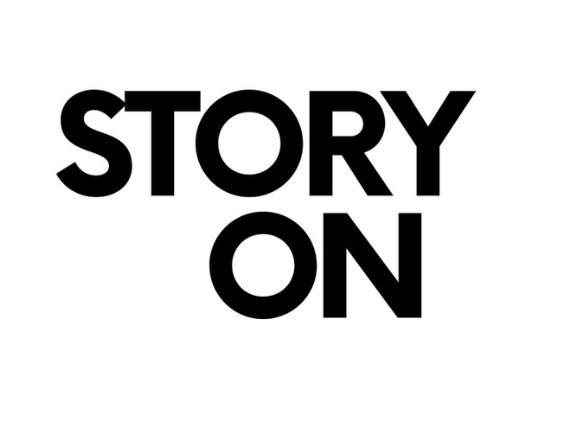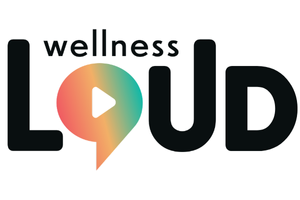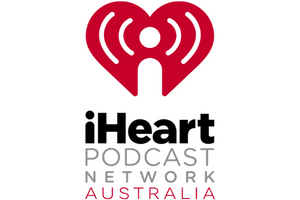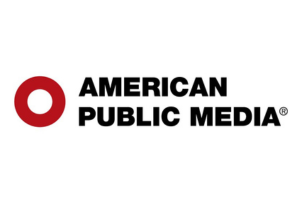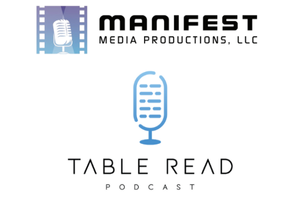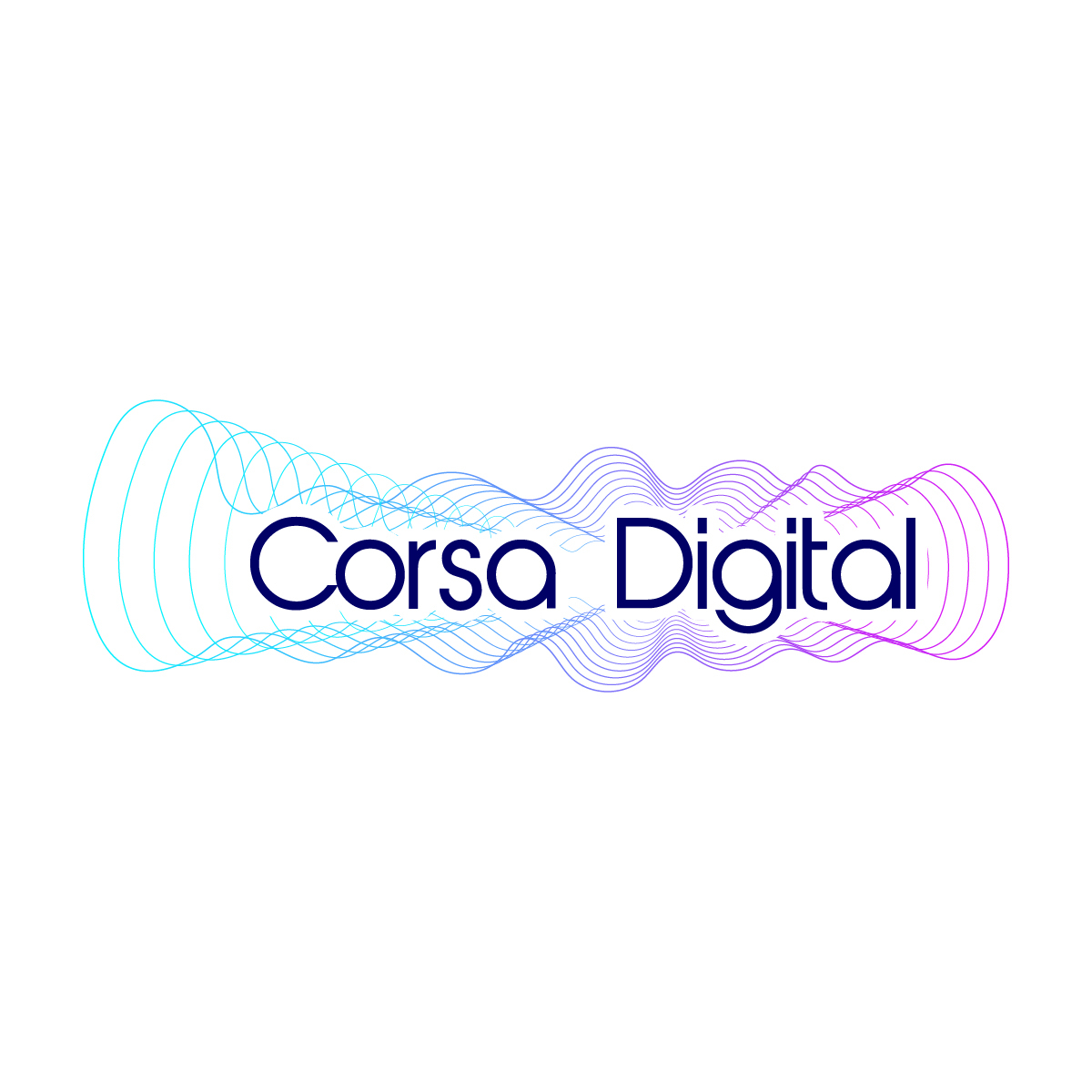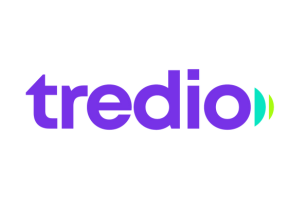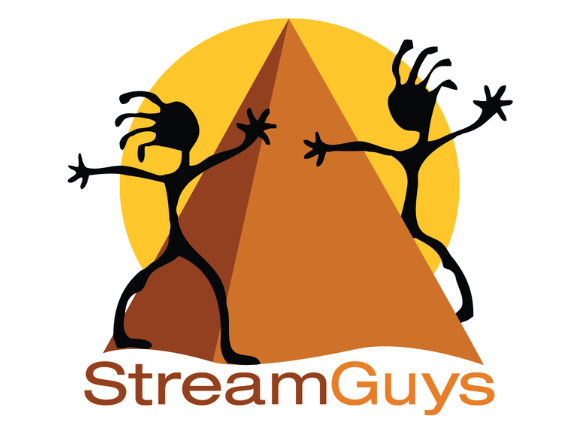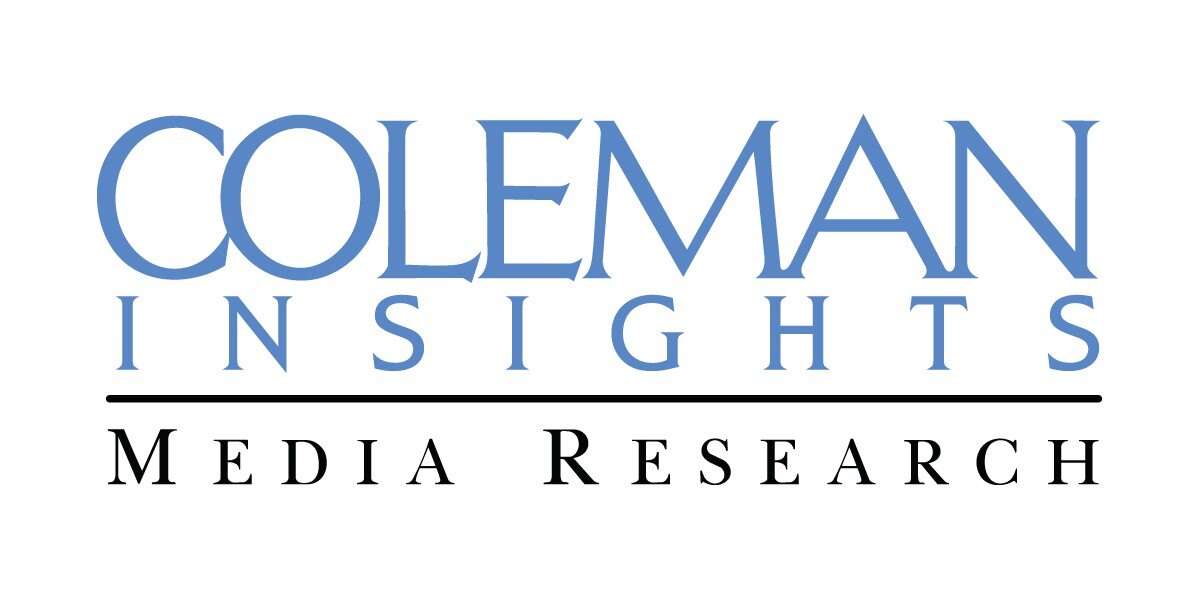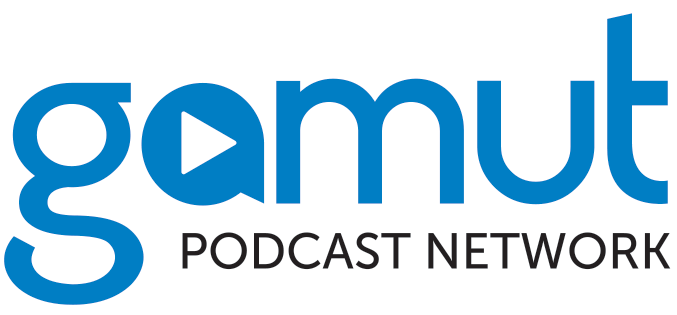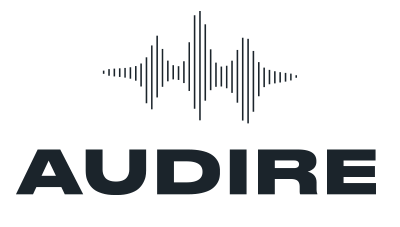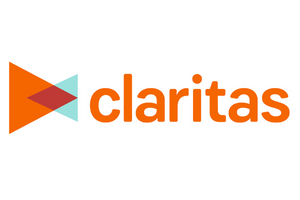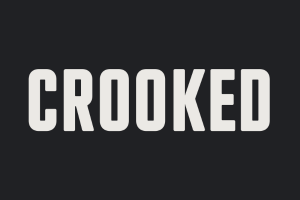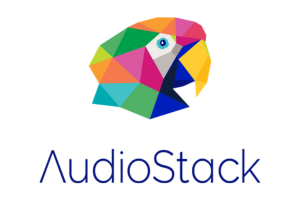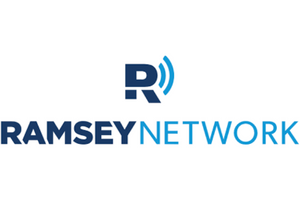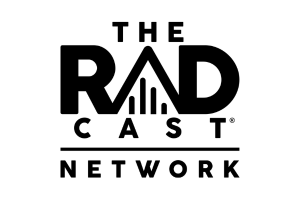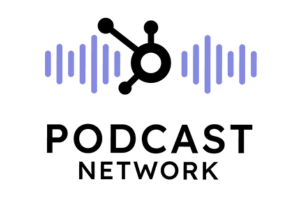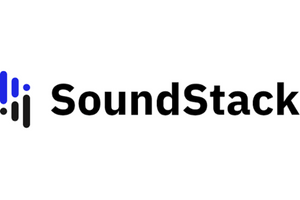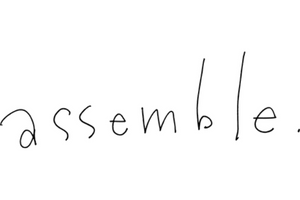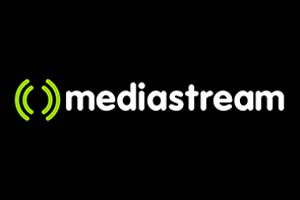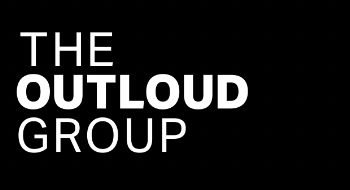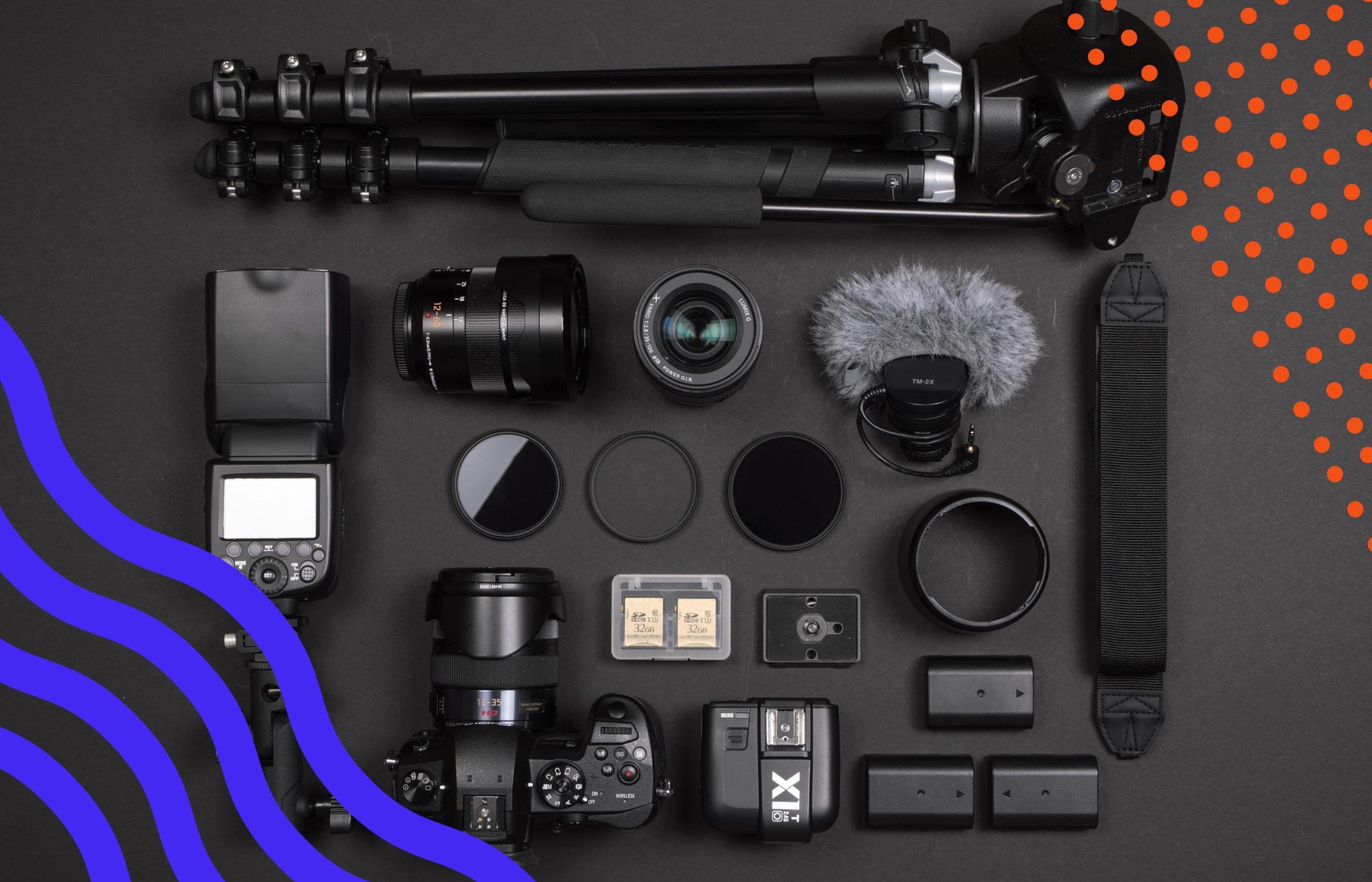by Jen Moss, Co-Founder & Chief Creative Officer JAR Podcast Solutions
The question isn’t “Will audio storytelling survive?” It’s “Where will it go next?”
After nearly twenty years in radio, a decade teaching creative writing for podcasting and new media at the University of British Columbia, and eight years as Chief Creative Officer at JAR Podcast Solutions, I’ve heard endless variations on “video killed the radio star.” Fun song by the Buggles — but it’s a red herring when it comes to predicting the future of audio storytelling (podcasting in its truest sense).
In the latest round of “Whoops, we hired too many people — and the economy’s having a hiccup,” we’ve seen corporate podcasting teams contract. Many gifted storytellers have lost their jobs, sparking speculation about what this means for narrative audio storytelling and podcasting overall.
It means only this: those specific storytellers — and their intelligent, content-loving audiences — will find each other again. And when they do, the larger corporate players will eventually come looking for them, too.
Of course, this isn’t the first time the obituary’s been written. Every few years, a new visual format arrives and someone predicts it will erase what came before. When television hit living rooms, radio was supposedly finished — yet it reinvented itself with music formats, local news, talk shows, and eventually satellite radio, reaching audiences in ways TV couldn’t. When MTV brought music videos to cable — and kicked off its very first broadcast in 1981 with Video Killed the Radio Star — the question was, “Why listen when you can watch?” Yet radio stayed dominant for music discovery and the daily commute — and when bandwidth and licensing caught up decades later, terrestrial and satellite radio audiences were among the first to migrate to online streaming. When YouTube exploded, the assumption was that people would watch instead of listen or read — yet podcasting grew alongside YouTube, and longform writing thrived in newsletters and on platforms like Substack. And when TikTok went mainstream, some predicted short-form video would kill our appetite for long-form storytelling, podcasts included — yet podcast listening has continued to rise year over year. Time and again, the new format doesn’t kill the old one; it expands the mix.
Technology evolves. Listening habits shift. But the essential nature of audio — and its strengths — remain:
Portability. Immersiveness. Intimacy.
These are what draw people to great audio, as they have for thousands of years — from hunting tales around the fire, to The Shadow on family radios, to BBC and CBC dramas, books on tape on a Sony Walkman, early podcast hits like Serial, the booming industry of the 2020s, and today’s branded podcasts. Tomorrow? Maybe audio brain-chip dramas. That part’s up to the geeks.
Portability
If you want to preserve a corner of life that isn’t screen-dependent — walking the dog, driving to pick up your kids, cooking dinner — audio gives you that freedom. You can lose yourself in the Sea of Lies surrounding a murder on a boat while standing at a bus stop.
For brands, this is a boon. Immersive audio stories or deep-dive interviews reach people in those “in-between” moments when they’re not actively thinking about a product or service. It extends reach and delivers engagement measured in hours — something no other medium matches.
Immersiveness
If you want to be transported — to another place, another time, another mindset — audio does it like nothing else. Skilled sound design, layered interviews, and crafted dialogue let you walk through a story in your mind.
Want an evocative introduction to genomic science? A show like Nice Genes! can take you on that journey. Want the 30-second version? Head to TikTok. But if you want to feel like you were there, audio is unmatched.
This immersive quality holds audience attention longer. Listeners spend more time with podcasts on Spotify and Apple Podcasts than with the same episodes on YouTube, according to a recent DemandSage study. With audio, you’re less tempted to click away — and that depth of focus is gold for brands with nuanced ideas or complex stories to tell.
Intimacy
This is the heart of audio storytelling — the human voice speaking directly to you.
A show like Kaitlin Prest’s The Heart can open you up in ways you didn’t know were possible. Whether it’s a love story, a true-crime investigation, a small-business origin, or a deeply personal reflection, audio lets you into someone’s world slowly, deliberately, and thoughtfully. It feels closer — like someone whispering in your ear.
It’s a sacred storytelling space. Powerful. Resonant. Audio is not — and never will be — replaced by video.
Where Video Fits
Video podcasts definitely have their place. YouTube is unmatched for discoverability, with its recommendation engine and search optimization. Video works well for interviews and chat shows, and it’s easily chopped into short social clips that outperform audiograms.
Video podcasting often falls into the influencer interview or celebrity chat-show lane, a familiar, easy-watch format that’s cheaper than fully produced TV talk shows. That’s appealing to emerging digital creators, big production companies watching their budgets, and a range of brands and sponsors. But when those same brands want a polished look — skilled editing, B-roll, professional lighting, designed sets — costs can climb fast. In my experience at JAR Podcast Solutions, that’s when many brands pivot back to audio, where top-tier production is achievable at a far more feasible budget.
Different Media, Different Strengths
During economic downturns when dollars must be carefully weighed, it’s worth remembering: audio and video are different media, successful for different reasons, and serving brands in different ways.
Most importantly, they engage overlapping audiences in different contexts. A Sounds Profitable study (Sound You Can See) found that 86% of people who watch video podcasts also listen to audio podcasts. The difference isn’t so much who they are — it’s where and when they choose each format. Audio thrives in motion; video thrives when you’re stationary and focused on a screen.
So the real question isn’t whether audio will survive. It’s: Where will audio storytelling show up next?
My answer: wherever the audience needs it — in their earbuds on a morning run, in their car on a long drive, or, someday, streaming directly into a neural implant.
Kirk out.




